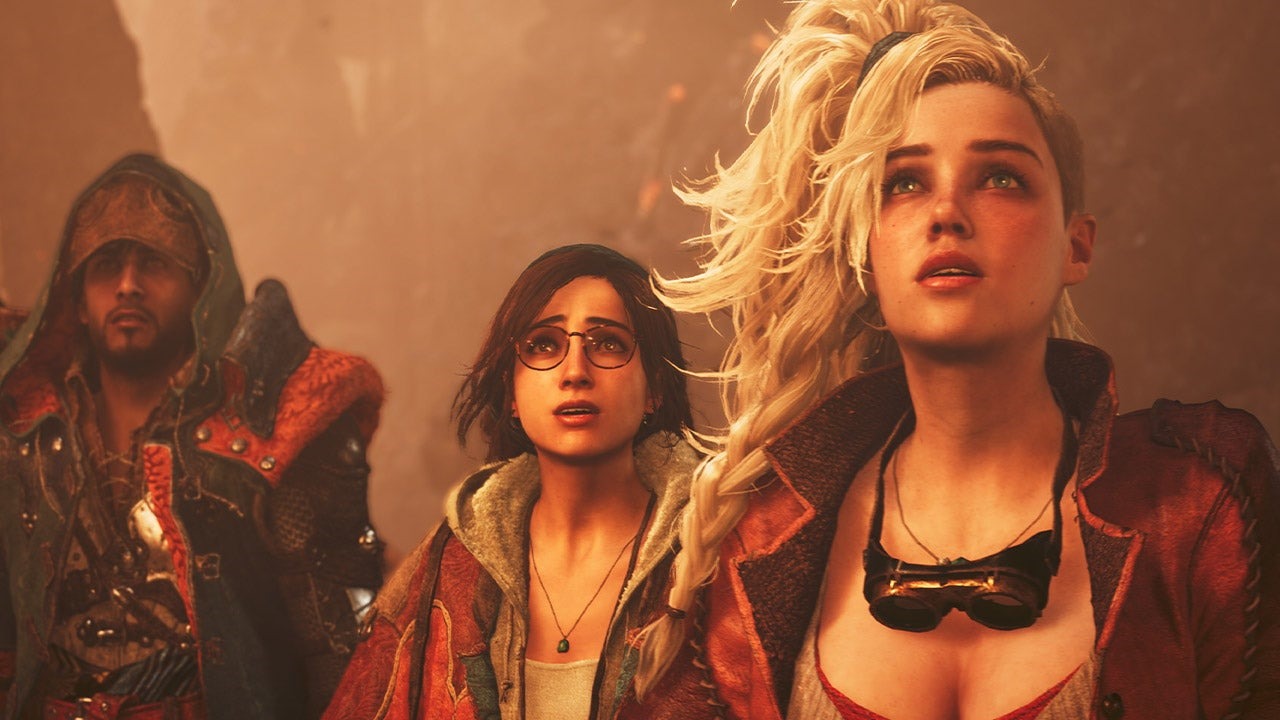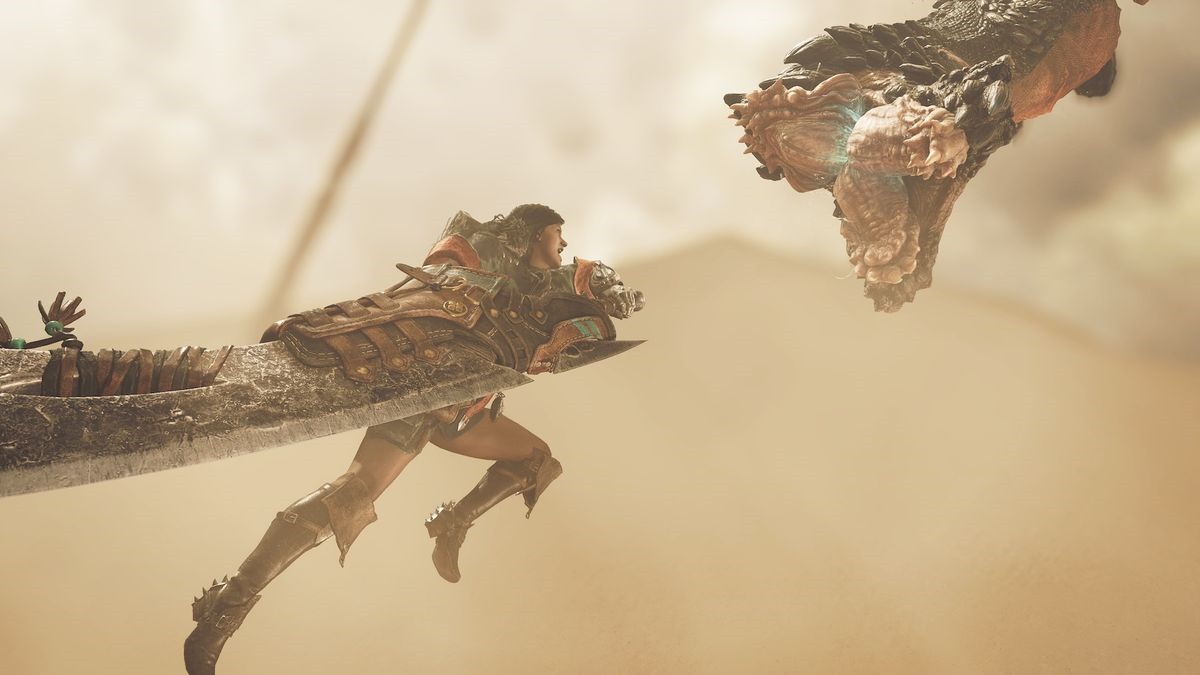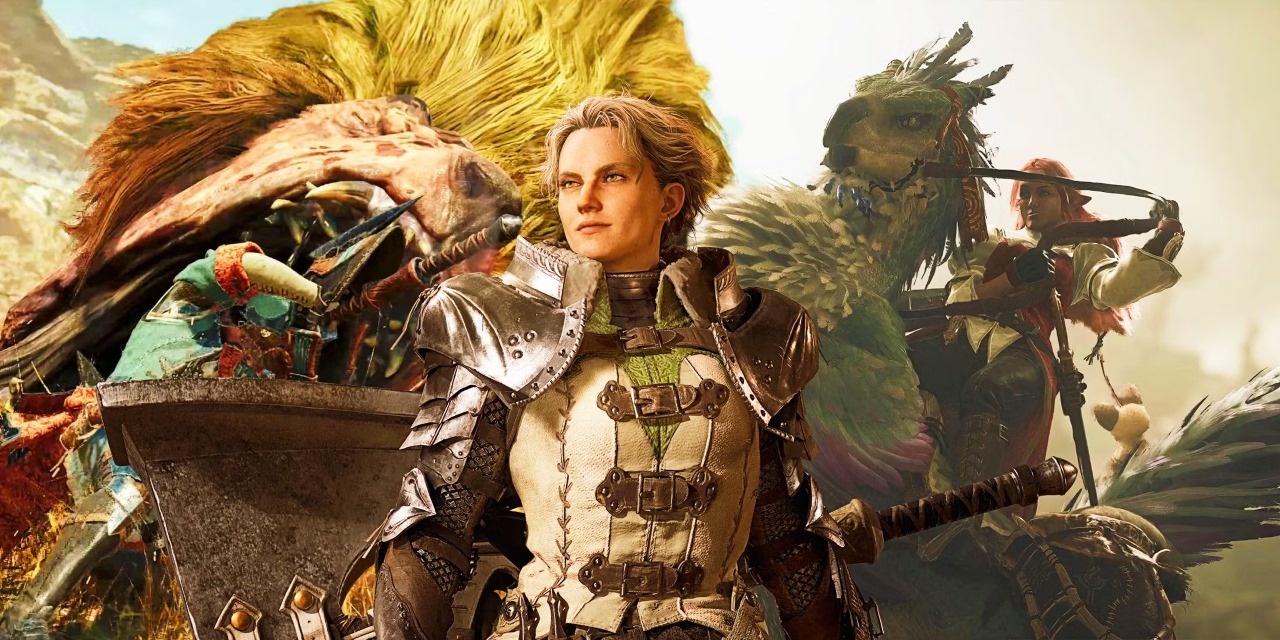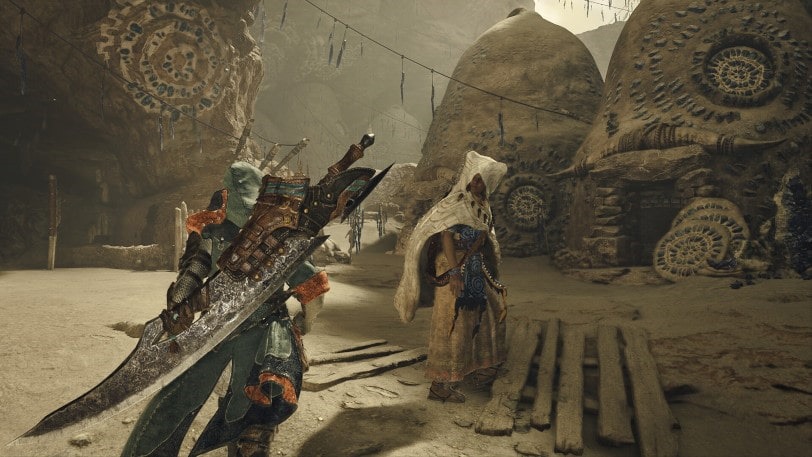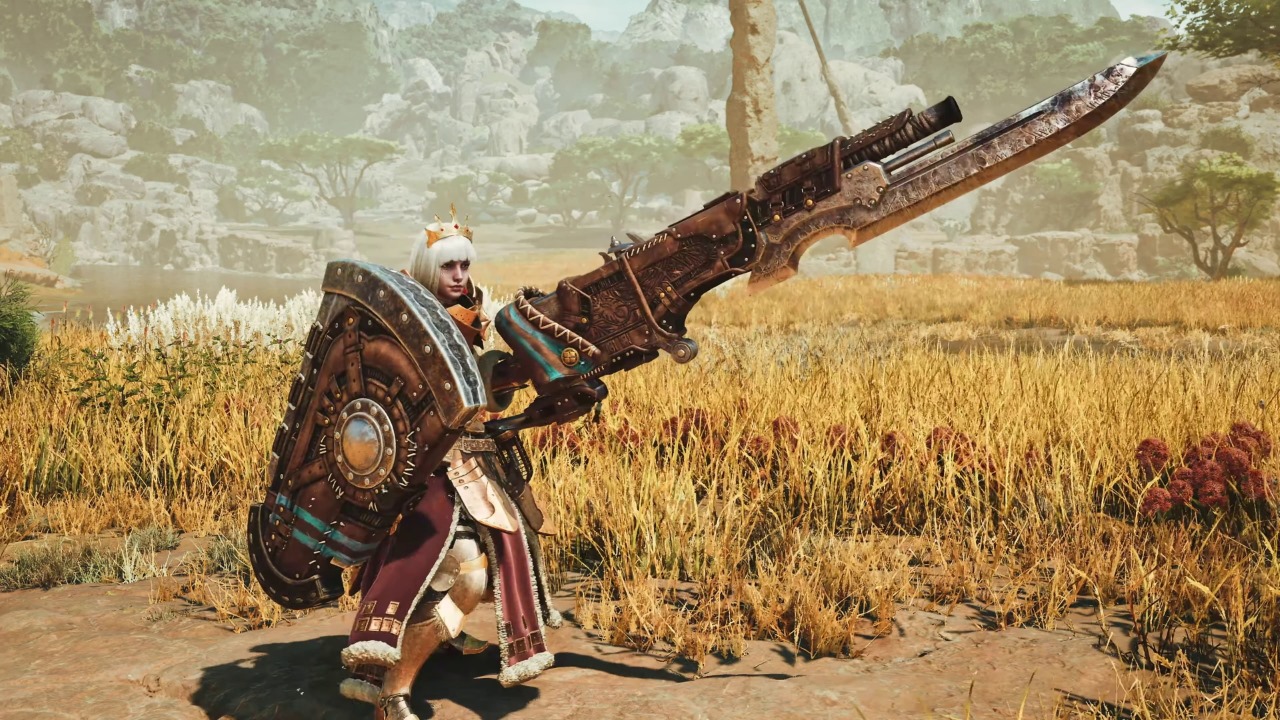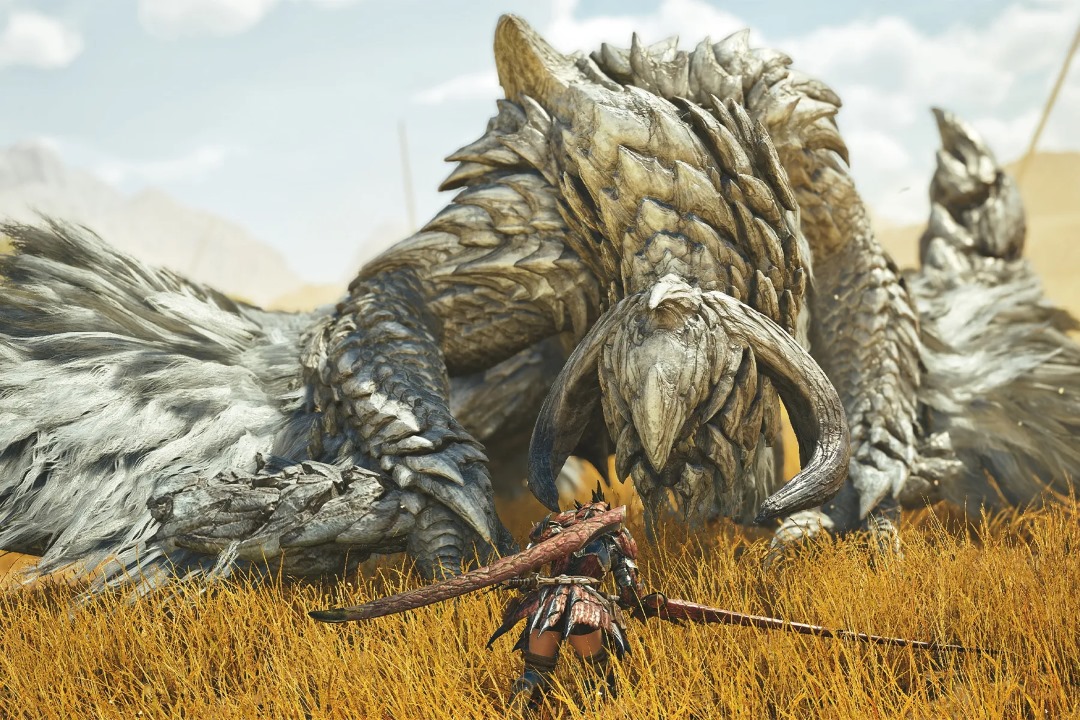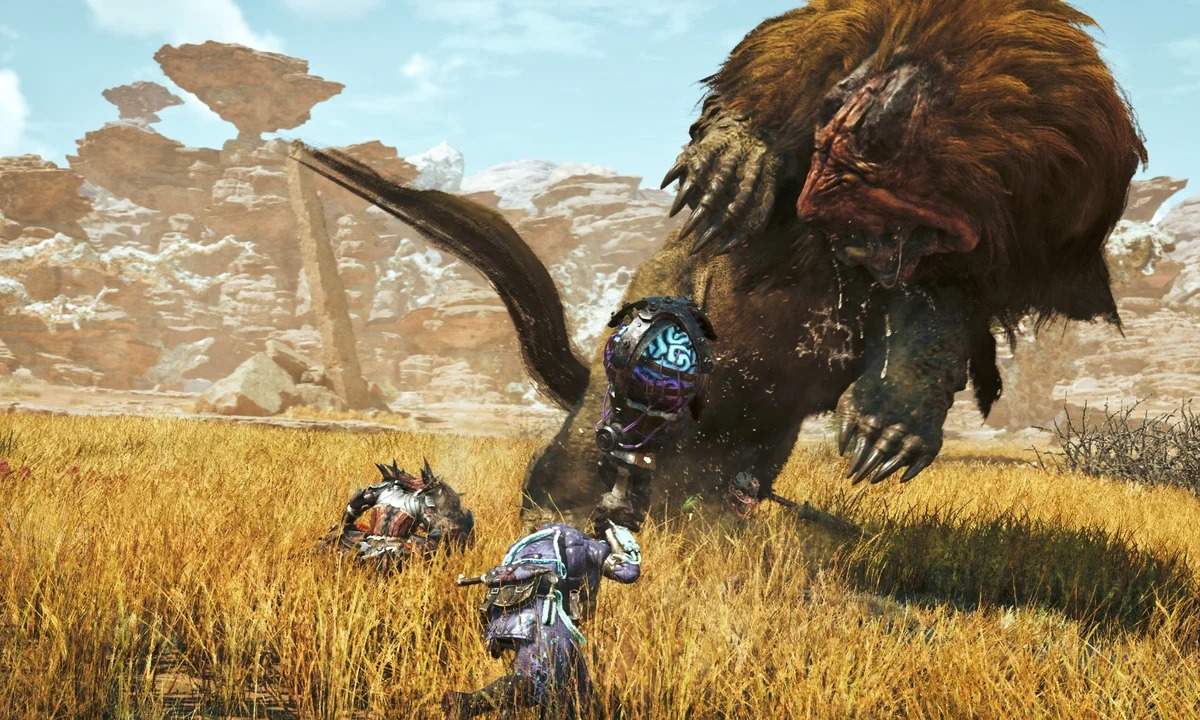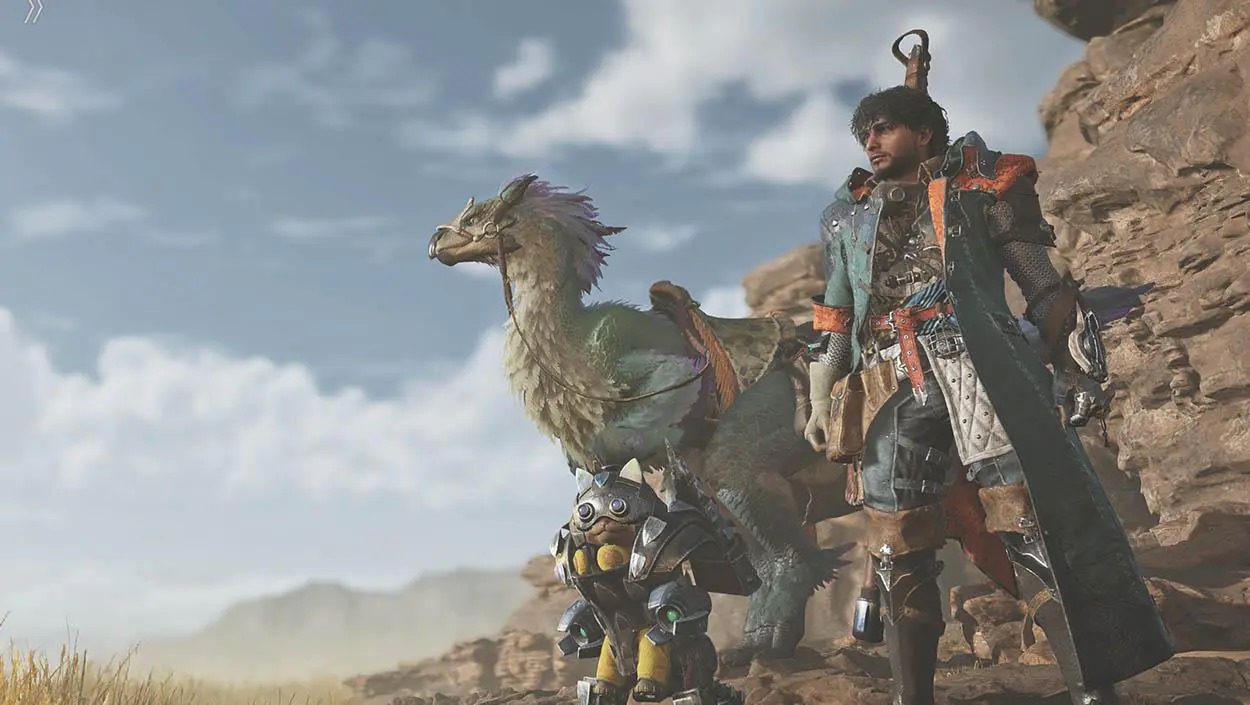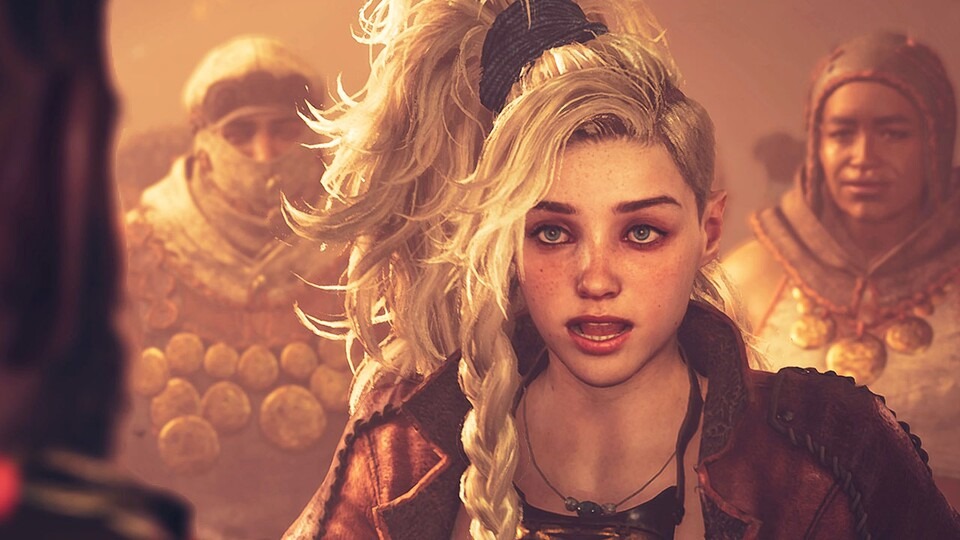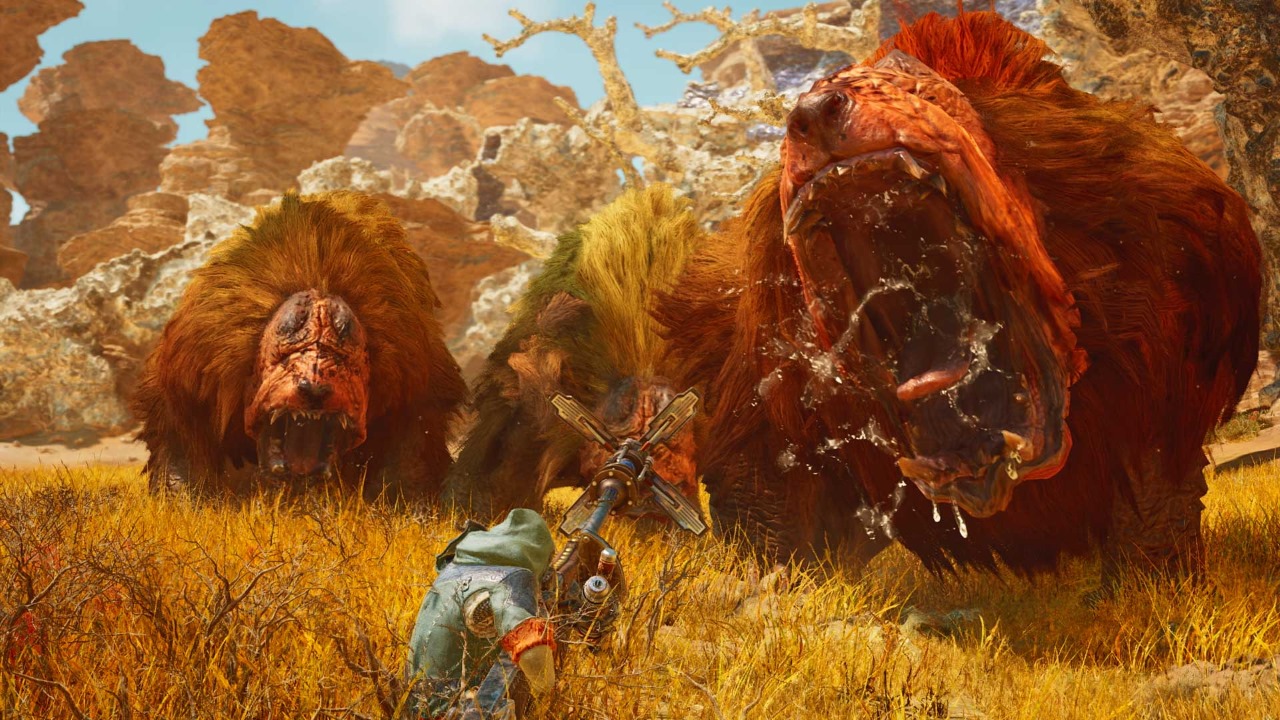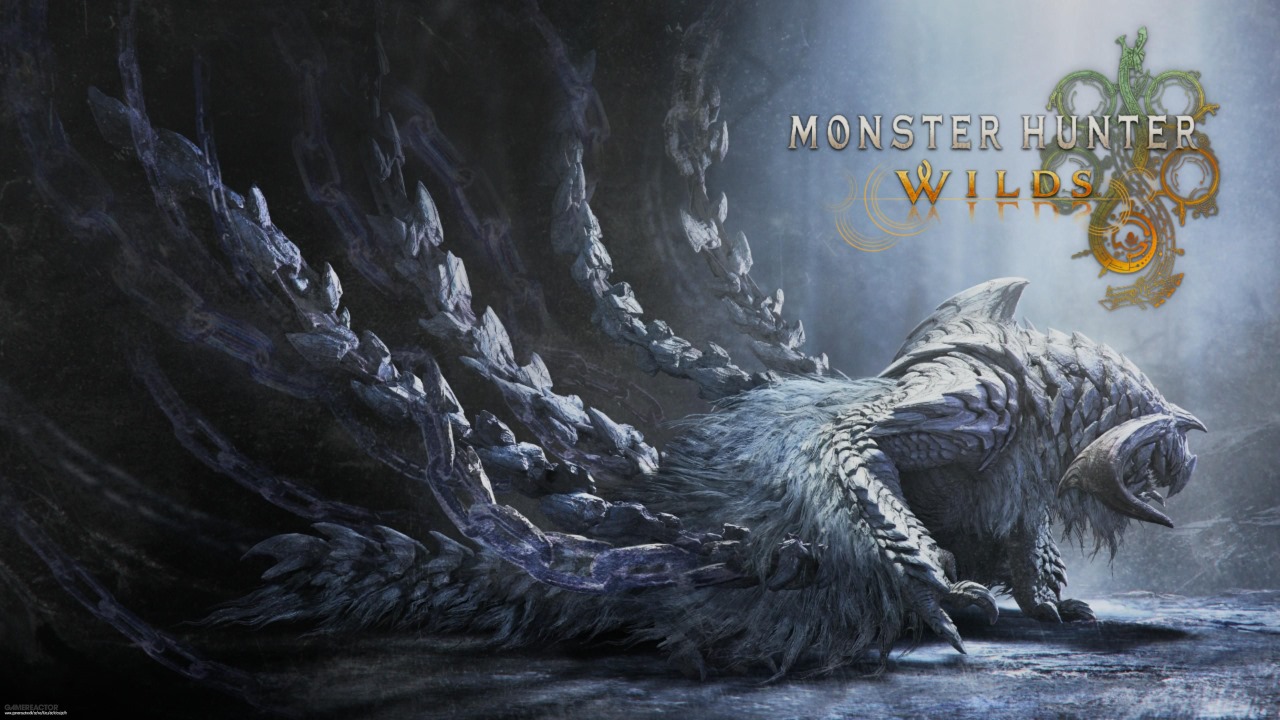In the ever-evolving landscape of action RPGs, Capcom's Monster Hunter Wilds emerges as a testament to the franchise's growth and adaptability. Released on February 28, 2025, for PlayStation 5, Xbox Series X/S, and PC, this installment invites players into the enigmatic Forbidden Lands—a realm teeming with untamed wilderness, ancient secrets, and formidable beasts.
The narrative unfolds with the discovery of Nata, a mysterious boy claiming to hail from the Forbidden Lands. His tale of a devastating attack by the elusive "White Wraith" sets the stage for a journey that intertwines the fates of humanity and nature. As players delve deeper, they uncover the remnants of the ancient Wyverian civilization and confront the consequences of its technological marvel, the Dragontorch.
Monster Hunter Wilds not only expands the series' lore but also introduces groundbreaking gameplay mechanics, a seamless open world, and a rich tapestry of ecosystems. It's a bold stride forward, blending the franchise's core hunting experience with innovative features that cater to both veterans and newcomers alike.
Gameplay Mechanics: Innovations and Enhancements
Capcom has meticulously refined the gameplay mechanics in Monster Hunter Wilds, ensuring a balance between familiarity and innovation. All 14 weapon types from previous titles return, each enhanced with new moves and actions. The introduction of the "Focus Mode" allows players to target specific monster body parts, creating wounds that can be exploited for increased damage—a feature that adds a strategic layer to combat.
The Slinger, a versatile tool from earlier games, makes a comeback with added functionalities. Players can now grab items from a distance and trigger environmental hazards, turning the terrain into a tactical advantage. The dynamic weather system and time-of-day cycles further influence monster behavior, with certain species appearing only under specific conditions.
A notable addition is the Seikret mount, a bird-like creature that revolutionizes traversal and combat. Not only does it expedite movement across the expansive landscapes, but it also enables hunters to carry and switch between two weapons during hunts, offering unprecedented flexibility in battle strategies.
Exploration: A Seamless Open World
Departing from the segmented zones of its predecessors, Monster Hunter Wilds presents a truly seamless open world. Players can traverse diverse biomes—ranging from arid deserts to lush jungles—without encountering loading screens, fostering an immersive exploration experience.
The game's environments are not merely backdrops but active participants in the gameplay. Establishing pop-up camps becomes a strategic endeavor, allowing hunters to rest, resupply, and adapt to the ever-changing conditions of the Forbidden Lands. The dynamic ecosystems respond to player actions, with the state of the world persisting even after logging out, emphasizing the impact of every decision.
Monster Roster: New and Returning Beasts
The Forbidden Lands are home to a plethora of new and returning monsters, each meticulously designed to challenge hunters in unique ways. The flagship monster, Arkveld, known as the White Wraith, is an albino wyvern with chain-like appendages that absorbs the life energy of apex predators. Its presence poses a significant threat to the ecosystem, compelling players to confront it in a climactic battle.
Other new additions include Doshaguma, Chatacabra, Quematrice, and Lala Barina, each introducing distinct attack patterns and behaviors. These monsters not only serve as formidable adversaries but also as integral components of the game's ecological narrative, interacting with their environment and other creatures in complex ways.
Fan-favorites like Gore Magala and Mizutsune make their return, reimagined to fit the new world dynamics. The inclusion of these familiar faces, alongside the fresh roster, offers a blend of nostalgia and novelty, catering to long-time fans and newcomers alike.
Narrative Depth: The Story of Nata and the Keepers
At the heart of Monster Hunter Wilds lies a compelling narrative that delves into themes of coexistence, legacy, and the consequences of technological advancement. The story follows the hunter's journey alongside Nata, a boy from the Forbidden Lands, as they uncover the mysteries surrounding the ancient Wyverian civilization and its creation, the Dragontorch.
The Dragontorch, a source of infinite energy, once powered the Landspine—a network distributing energy across the lands. However, its misuse led to ecological imbalances and the emergence of Guardian Monsters, including the rogue Arkveld. As the hunter and their companions navigate the ruins of Wyveria, they confront the repercussions of the past and the challenges of restoring harmony to the natural world.
The narrative is enriched by a diverse cast, including Alma, a guild handler; Gemma, a blacksmith; and the members of the Avis and Astrum Units. Their interactions and personal arcs add depth to the story, transforming the hunt into a journey of discovery and redemption.
Multiplayer and Co-op Features
Monster Hunter Wilds elevates the multiplayer experience with several new features. The game supports four-player cooperative play, allowing friends to team up for hunts. For solo players, AI-controlled support hunters can be enlisted, providing assistance during challenging encounters.
A significant advancement is the introduction of cross-platform play, enabling players across PlayStation 5, Xbox Series X/S, and PC to join forces. This inclusivity fosters a broader community and ensures a more vibrant multiplayer environment.
The game also introduces various multiplayer modes, such as Link Party, Environment Link, and SOS Flares, facilitating seamless matchmaking and cooperative gameplay. These enhancements make Monster Hunter Wilds the most accessible and socially engaging entry in the series to date.
Development Insights: Crafting a Living World
Developed using Capcom's RE Engine, Monster Hunter Wilds showcases a commitment to creating a realistic and immersive ecosystem. The development team focused on simulating natural environments where monsters exhibit lifelike behaviors, such as hunting prey, forming herds, and reacting to environmental changes.
Director Yuya Tokuda emphasized the importance of a persistent world, where the effects of player actions have lasting impacts. This approach encourages players to consider the ecological consequences of their hunts and fosters a deeper connection to the game world.
In response to player feedback, the developers introduced features aimed at enhancing accessibility and immersion. The Seikret mount, for instance, not only aids in traversal but also guides players to their objectives, streamlining the exploration process. Additionally, an arachnophobia mode replaces spider-like creatures with amorphous blobs, accommodating players with specific sensitivities.
Reception and Impact
Upon release, Monster Hunter Wilds achieved remarkable commercial success, selling over 8 million copies within three days, making it Capcom's fastest-selling game to date. The game received widespread acclaim for its engaging combat, expansive world design, and narrative depth.
Critics praised the seamless integration of new features and the balance between accessibility for newcomers and the challenging gameplay that veterans expect. The game's emphasis on ecology and the dynamic interactions within its world were highlighted as standout elements.
At Gamescom 2024, Monster Hunter Wilds garnered multiple awards, including Most Epic, Most Entertaining, Best PlayStation Game, and Best Trailer, solidifying its status as a landmark title in the franchise.
Future Prospects: What's Next for Hunters?
Capcom has outlined an ambitious post-release roadmap for Monster Hunter Wilds, ensuring continued engagement for players. Regular event quests and downloadable content (DLC) are planned, offering unique materials for upgrading armor and cooking.
A notable event, the Festival of Accord: Blossomdance, runs from April 22 to May 6, 2025, introducing seasonal activities and exclusive cosmetic rewards. Additionally, Title Update 1, released on April 3, added new monsters—Mizutsune and Zoh Shia—and expanded the game with the Grand Hub area for enhanced multiplayer interactions.
Future updates promise to introduce more monsters, quests, and gameplay features, reflecting Capcom's commitment to evolving the Monster Hunter Wilds experience. Players are encouraged to stay engaged with the community and participate in upcoming events to fully immerse themselves in the ever-expanding world of the Forbidden Lands.
Monster Hunter Wilds stands as a testament to Capcom's dedication to innovation and storytelling. By blending the franchise's core elements with groundbreaking features and a rich narrative, it offers an unparalleled hunting experience that resonates with both long-time fans and newcomers. As the journey through the Forbidden Lands continues, players can look forward to a world that evolves with them, offering endless adventures and challenges.
Game Details
-
Game Title: Monster Hunter Wilds
-
Genre: Action RPG, Open-World Hunting
-
Release Year: 2025
-
Platforms: PlayStation 5, Xbox Series X/S, Microsoft Windows (PC)
-
Age Rating: ESRB T (Teen) / PEGI 16
-
Player Modes: Single Player, Online Co-op Multiplayer (1-4 Players)
-
Game Mode Accessibility: Online multiplayer with solo offline options (AI companions available)
-
Pricing Model: Paid (Standard Edition $69.99 USD)
-
Game Developer: Capcom
-
Game Publisher: Capcom
-
Game Engine: RE Engine
-
Awards & Nominations:
-
Best Trailer – Gamescom 2024
-
Most Epic Game – Gamescom 2024
-
Best PlayStation Game – Gamescom 2024
-
Best Multiplayer Experience – Tokyo Game Show 2024 (Nomination)
-
Game of the Year (Nominee) – The Game Awards 2025 (Pending)
-
Pros and Cons
Pros:
-
Seamless open-world with dynamic weather and ecosystems.
-
Stunning visual fidelity powered by the RE Engine.
-
Refined combat system with new Focus Mode and weapon-switching mid-hunt.
-
Seikret mount adds strategic and exploration value.
-
Cross-play unites the community across platforms.
-
AI-controlled support hunters for solo players.
-
Strong narrative with ecological depth and emotional storytelling.
-
Frequent free updates and seasonal events.
Cons:
-
Steep learning curve for complete newcomers.
-
Occasional pacing issues in the main storyline.
-
Some repetitive side quests.
-
Resource management can become tedious mid-to-late game.
Is It Worth Playing?
Monster Hunter Wilds is a game that grows on you with each hunt. It might not cater to everyone immediately—especially if you're new to the genre—but once you start to understand the rhythm of the hunts, the tactical prep before each battle, and the ecosystem that reacts to your presence, the game reveals a deeper, more rewarding core.
If you’re the type of player who values meaningful progression, co-op teamwork, or even solo exploration with impactful stories, Wilds gives you plenty of reason to stay invested. The narrative surrounding Nata and the Dragontorch doesn’t feel like an afterthought either—it’s woven organically into the world. Plus, with cross-platform play and regular free content updates, the community feels more alive than ever.
Whether you’re chasing the thrill of facing apex predators or crafting the perfect armor set, Monster Hunter Wilds respects your time and curiosity. It’s polished, ambitious, and fiercely committed to improving the player experience. It may not reinvent the series from scratch, but it refines it into its sharpest, most accessible form yet.
Our Rating
-
Gameplay: 9.5/10
The tactical combat, AI improvements, and mobility changes redefine monster hunting, striking a great balance between challenge and flow. -
Graphics: 9/10
The RE Engine pushes consoles and PCs to their limits with richly detailed environments, dynamic lighting, and fluid animations. -
Story and Worldbuilding: 8.5/10
Emotional beats land well, and the ecological narrative adds purpose to your quests, though the pacing slows at times. -
Multiplayer Features: 9/10
With smart matchmaking, voice/text support, and cross-play, co-op feels more integrated than ever before. -
Replayability: 9/10
Between frequent updates, layered gear systems, and monster behaviors changing with environments, there’s a loop you’ll want to stay in. -
Overall: 9.2/10
Capcom didn’t play it safe—they evolved the franchise in all the right ways. It’s a high point not just for Monster Hunter but for co-op RPGs in general.
System Requirements:
Minimum System Requirements (for 1080p Low Settings @ 30 FPS)
-
OS: Windows 10 64-bit
-
Processor: Intel Core i5-8400 or AMD Ryzen 5 2600
-
Memory: 8 GB RAM
-
Graphics: NVIDIA GeForce GTX 1060 (3GB) or AMD Radeon RX 580 (4GB)
-
DirectX: Version 12
-
Storage: 80 GB available space
-
Internet: Broadband connection required for updates and multiplayer
Recommended System Requirements (for 1440p/4K High Settings @ 60 FPS)
-
OS: Windows 10/11 64-bit
-
Processor: Intel Core i7-10700K or AMD Ryzen 7 5800X
-
Memory: 16 GB RAM
-
Graphics: NVIDIA GeForce RTX 3070 / AMD Radeon RX 6800 XT
-
DirectX: Version 12
-
Storage: SSD with 80 GB free space
-
Internet: Required for online content and cross-play

